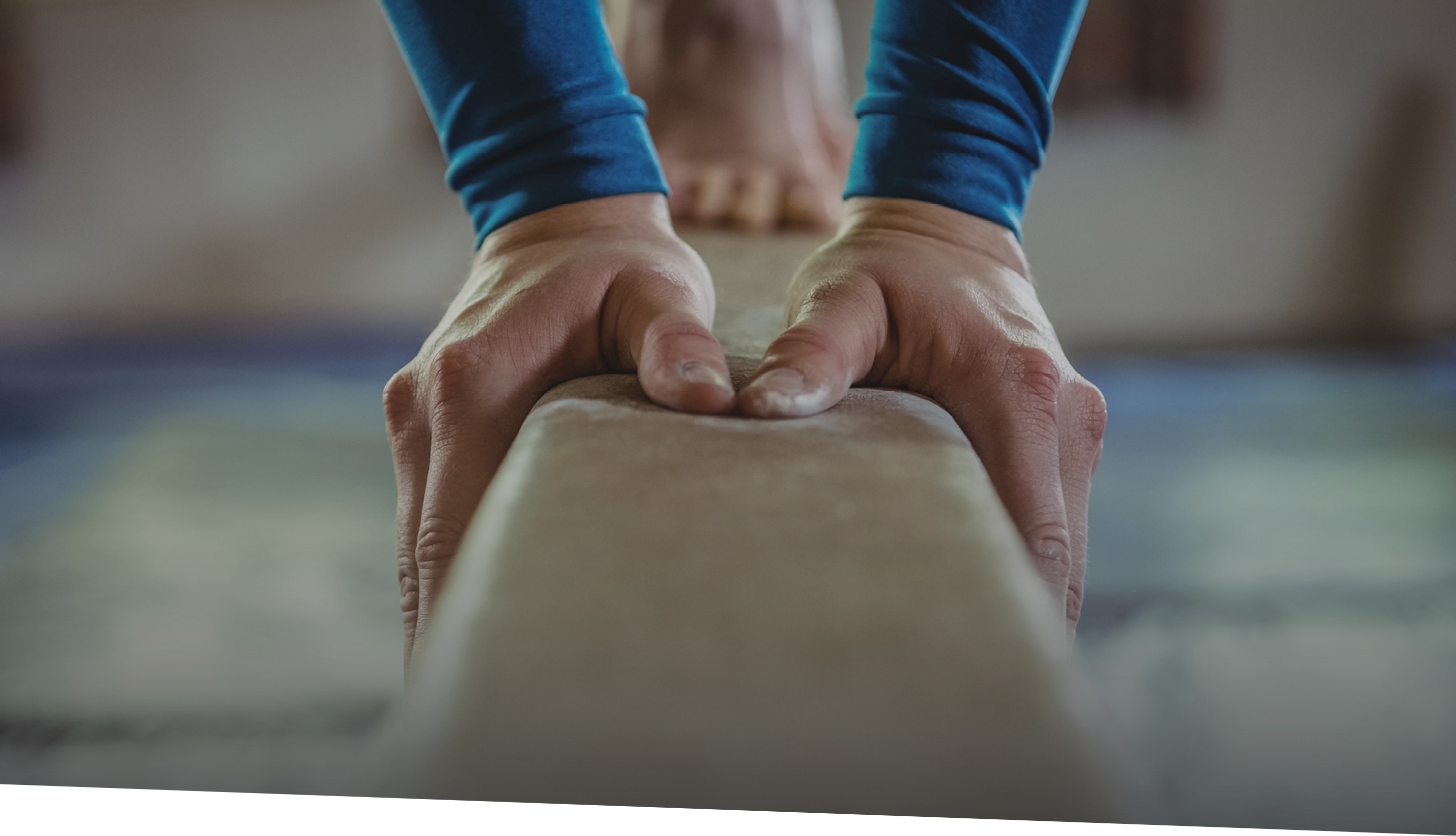Published by Zach Osterman on the Indy Star Website in December 2022 – The opening of football’s new December transfer window last week sparked a fresh round of speculation, debate and general concern about the growing impact of name, image and likeness on college sports.
It also overshadowed a fascinating development on the basketball side. Last Tuesday, Adidas announced a partnership with a quartet of men’s basketball players from Adidas-branded schools. The only school represented by more than one athlete in the announcement: Indiana, which saw both Trayce Jackson-Davis and Jalen Hood-Schifino announced as new NIL partners with the worldwide apparel brand.
This isn’t Adidas’ first foray into the NIL space. In August, the company announced partnerships with 15 female athletes built around the 50th anniversary of Title IX. Louisville women’s basketball player Hailey Van Lith was among those early partnerships, and was featured in artwork accompanying Adidas’ announcement in social media posts that were later removed.
Whatever the reasons for quieting down their announcement, Adidas pushed emphatically forward in the NIL space with those four deals. Kansas’ Gradey Dick and Northwestern State’s Hansel Enmanuel were the other two announced athlete partners.
Understandably, fans immediately wondered on social media what these deals might be worth, how they might help their respective schools recruit, etc. Their timing was also fascinating, given Indiana and Kansas, arguably Adidas’ top-two college basketball brands, meet this weekend in Lawrence for the first of a two-game series.
There may be a wider consequence more basic than any of that. Apparel deals as arms races may be a thing of the past.
For the best part of 20 years now (maybe more), the formula for revenues in Division I athletics has been well-worn.
Media rights — chiefly, television contracts — take up a big share of the pie. Game-day revenues are usually second in line, as those contracts have ballooned, but tickets, parking, concessions, etc., are nonetheless big-dollar items. Then traditionally comes donations and direct booster support, rounding out the big three.
Other major income sources have operated around those three across the intervening time, interweaving into and out of those three revenue streams in various ways.
Arguably the most prominent of those is apparel relationships. As major college sports have rocketed upward in national appeal and exposure, it’s become increasingly lucrative for companies like Adidas, Nike and Under Armour to court various schools to promote their brands. Apparel contracts have thus become one of the primary arms races in college athletics.
As recently as 2016, Michigan was pulled by Nike away from Adidas on a deal that could max out at 15 years and close to $175 million. In the 2018-19 academic year, Ohio State reportedly extended its relationship with Nike to the tune of 15 years and $252 million.
Indiana has enjoyed the fruits of a long-term partnership with Adidas, the Hoosiers agreeing to an extension in 2015 that was then worth close to $54 million and was believed to be among the 10 richest apparel deals in college sports at that time.
The transactional benefits of these relationships are generally what you’d expect. Schools get access to top-of-the-line apparel for their programs, branding for their teams and athletes and, at the most functional level, equipment.
In return, apparel companies get repeated exposure on regional and national television, their brands pasted all over college football and basketball games. They build a conduit to bring innovations — maybe an odd word to use but that’s what it is — in whatever they develop into mainstream sports. They gain access to athletes they might later want to build relationships with as those athletes become professionals with even stronger brands and greater reach.
The relationships are always more nuanced and layered than that, but even a 10,000-foot flyover still gives you a sense of the benefits to both sides.
Now ask yourself this: If name, image and likeness rules allow for apparel companies to build one-to-one relationships with the athletes who might bring them the most exposure and brand opportunity, why would they still need such a robust relationship with those athletes’ schools?
It would hardly be the first time NIL upended what we’ve come to recognize as the traditional financial structures of college sports.
As you read this, athletic departments across the country are — in accordance with revised NCAA rules — drawing up fundraising strategies for their affiliated NIL collectives. Now permissible, such efforts are designed to ensure, at least in a roundabout way, that those departments’ coaches and programs have enough NIL resources to be competitive in recruiting and retaining talented rosters.
But that money has to come from somewhere, and boosters aren’t suddenly going to double their output. Athletics directors throughout Division I are rerunning budget numbers trying to figure out how much annual donation-related revenue they can afford to lose before it starts damaging their departments’ bottom lines. Because the bills still need paid.
When, for example, IU AD Scott Dolson suggested in late summer that a chunk of Indiana’s annual revenue from the forthcoming Big Ten TV deal was already spoken for, he took (and in some corners continues to take) criticism for the negative tone of those comments. In fairness to Dolson, he might have had problems like this one in mind.
Could apparel deals be the next traditional revenue stream hit hard by the way NIL has changed the college sports landscape? Will companies like Adidas still see a need for eight- and nine-figure contracts with schools, when they can enjoy much more direct access to the athletes who expose their brand game after game, year upon year?
Since the introduction of name, image and likeness, we’ve counted ways expected and otherwise that NIL has altered the landscape we once knew. The old way of thinking about apparel partnerships may soon join that list.

